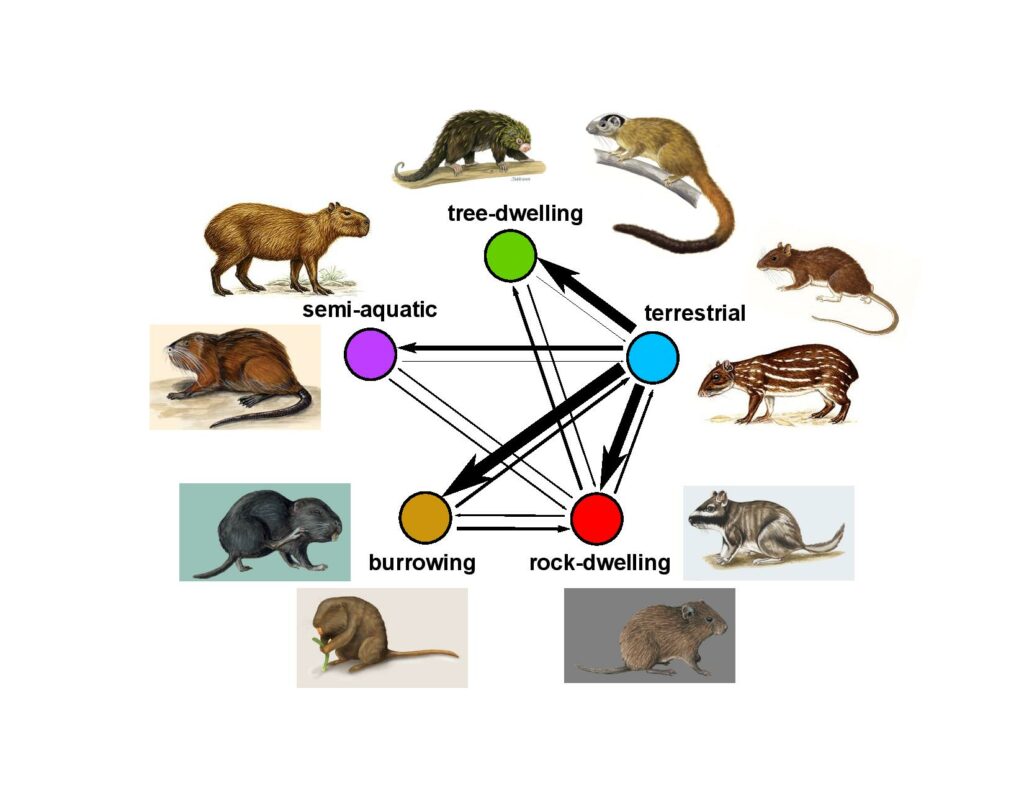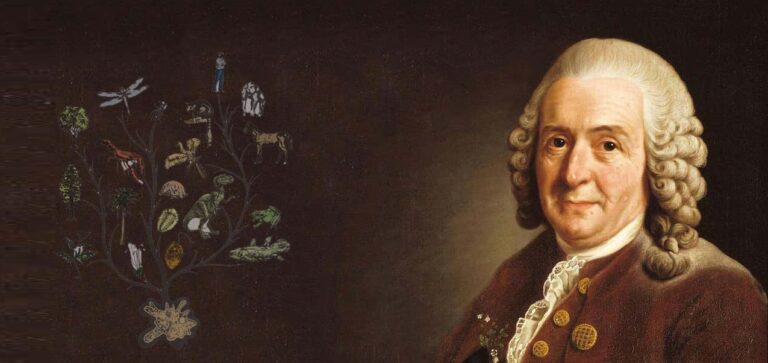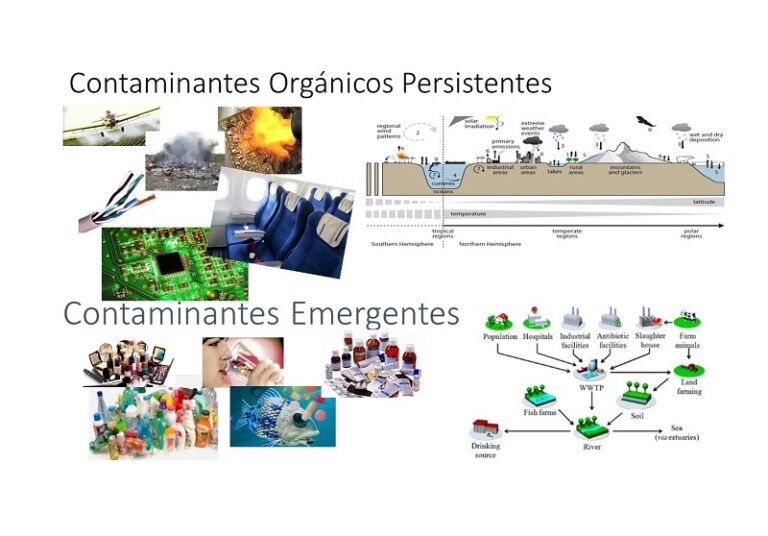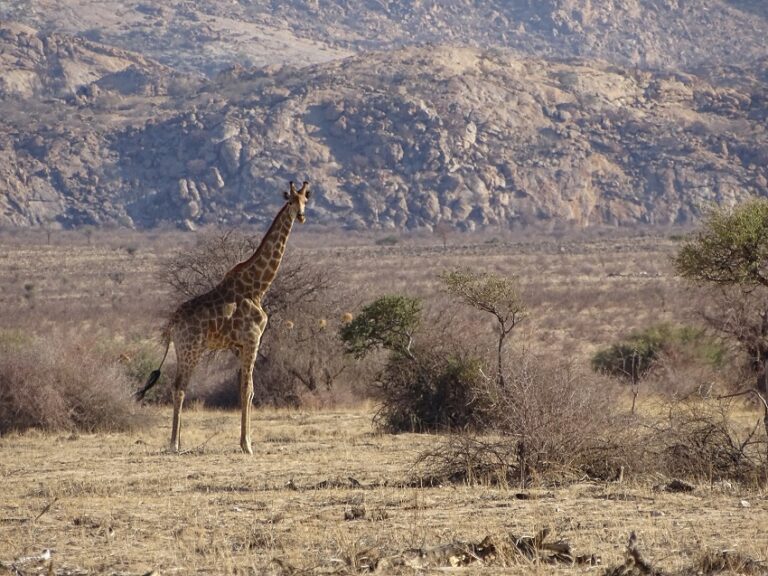Testing for adaptive radiation and ecological constraint in a major lineage of rodents (Ctenohystrica, Caviomorpha) using a molecular timetree
El viernes 22 de agosto se llevará a cabo el Seminario, de caracter extraordinario, Testing for adaptive radiation and ecological constraint in a major lineage of rodents (Ctenohystrica, Caviomorpha) using a molecular timetree. El mismo estará a cargo del Dr. Nathan S. Upham perteneciente a McMaster University, Hamilton, Ontario, CANADA - Integrative Research Center (Mammals)Field Museum of Natural History, Chigaco, USA. Será a partir de las 11.00 hs. en la Sala Latinoamericana del CCT Mendoza.

Ecological diversification was investigated in the rodent suborder Ctenohystrica. The main component of this clade, Caviomorpha, has radiated to 244 modern species in the Americas and Caribbean, and spans three orders of magnitude in body size. A molecular timetree was constructed using 22 fossil calibrations and a 5-gene supermatrix for Caviomorpha (all living genera; 68% of species) plus related Africa and Asian rodents. Species body masses and ecological life modes were mapped on the timetree. Two family dyads are sister to each other with crown radiations starting ~18 Ma, but show different histories. The southern, arid-adapted radiation of Octodontidae (degus) and Ctenomyidae (tuco-tucos) shows exponentially increasing rates of both species diversification and body-size disparification beginning ~5 Ma until the Recent. In contrast, the northern, mesic-adapted radiation of Echimyidae (spiny rats) and Capromyidae (hutias) contains 18 lineages present since 10 Ma, with initially high evolutionary rates that decline. Analyses within reconstructed life modes show that burrowers have smaller body sizes than tree-dwelling or terrestrial rodents. In the context of Simpson’s adaptive zones, Ctenomyidae is confined to the single zone of burrowing while Echimyidae-Capromyidae occupies burrowing and tree-dwelling zones. Thus, the latter clade may constitute an old adaptive radiation that has saturated available niches.



